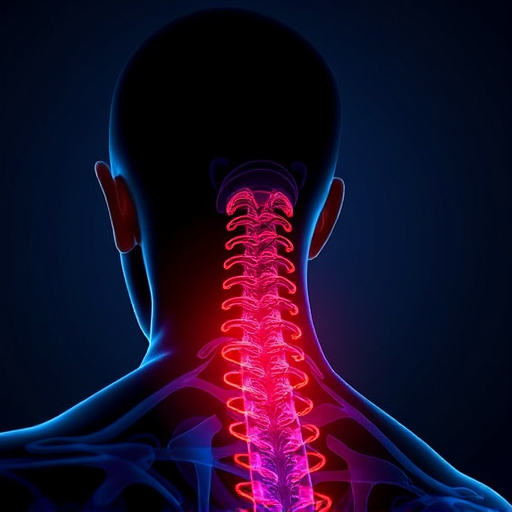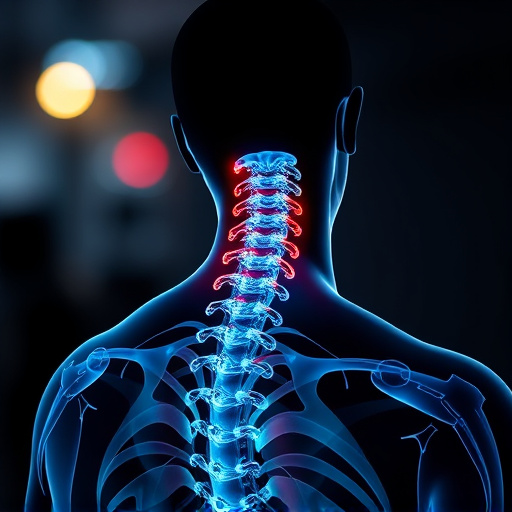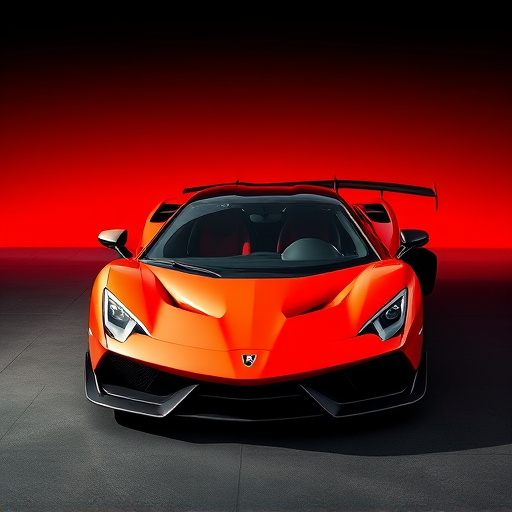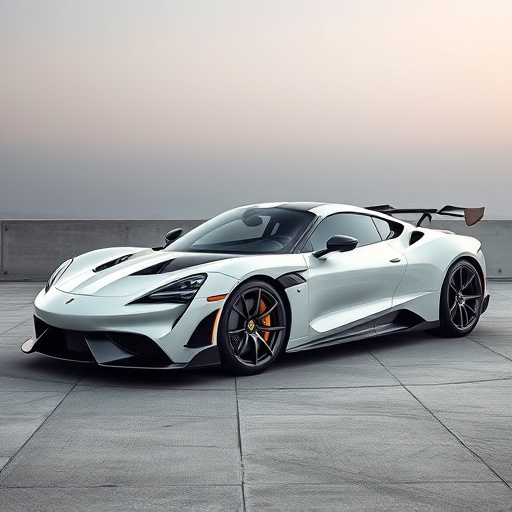Importing high-performance JDM (Japanese Domestic Market) vehicles has become popular among enthusiasts, but achieving optimal performance and legal compliance requires understanding international standards for emissions, electrical systems, and mechanical components. Importers must consider variations in power outputs, engine specs, and fuel types across countries to meet local norms without compromising initial vehicle performance. Adapting performance intakes is key to ensuring these vehicles function seamlessly while adhering to global regulations, enhancing both performance and safety. Thorough research, cross-referencing part numbers, and consulting experts are essential steps for successful integration of JDM intakes in imported vehicles.
In today’s globalized world, understanding international vehicle compatibility is essential for automotive enthusiasts looking to import and modify their rides. This article delves into the intricate aspects of this process from a global perspective, exploring how factors like vehicle specifications and regulations impact successful modifications. We highlight the significant role of Japanese Domestic Market (JDM) performance intakes in enhancing vehicle performance and discuss navigating regulatory hurdles to ensure optimal compatibility.
- Understanding International Vehicle Compatibility: A Global Perspective
- Importing Vehicles and Performance Intakes: JDM's Role
- Navigating Regulations and Ensuring Optimal Vehicle Compatibility
Understanding International Vehicle Compatibility: A Global Perspective

In today’s globalized world, the concept of international vehicle compatibility is becoming increasingly relevant as car enthusiasts and importers look to enhance their driving experience by acquiring vehicles from different countries. Understanding this compatibility is crucial when it comes to performance intakes, especially with popular JDM (Japanese Domestic Market) imports. These vehicles often face challenges upon arrival in new markets due to varying standards and regulations related to emissions, electrical systems, and mechanical components.
Importers and enthusiasts must consider the differences in power outputs, engine specifications, and even fuel types between countries. For instance, a high-performance JDM vehicle designed for Japanese roads might require modifications to meet European or North American emission norms, impacting its overall performance. Therefore, a comprehensive understanding of international standards and a willingness to adapt are essential when dealing with import vehicles to ensure optimal performance and legal compliance.
Importing Vehicles and Performance Intakes: JDM's Role

Importing vehicles, especially from Japan (JDM), has become a popular trend among car enthusiasts worldwide. One key aspect that enhances the experience is the integration of performance intakes, which can significantly boost engine power and efficiency. JDM vehicles are renowned for their high-quality engineering and innovative technologies, making them desirable choices for modification. The availability of specific JDM parts, including performance intakes, allows importers to enhance their vehicle’s capabilities, ensuring optimal performance on the road or track.
When importing a vehicle with performance intakes, understanding compatibility is crucial. JDM components are designed to fit specific models and makes, so thorough research is essential. Many enthusiasts turn to the vast knowledge shared within online communities to ensure smooth installation and avoid potential issues. This process not only enhances the vehicle’s performance but also adds a unique touch, catering to the owner’s personal preferences in the ever-evolving world of automotive customization.
Navigating Regulations and Ensuring Optimal Vehicle Compatibility
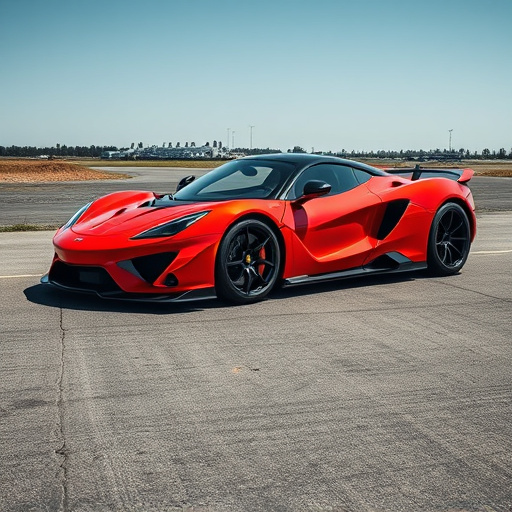
Navigating Regulations and Ensuring Optimal Vehicle Compatibility is a crucial step for anyone looking to enhance their imported vehicle’s performance with JDM (Japanese Domestic Market) intakes. Each country has its own set of regulations regarding automotive modifications, and understanding these laws is essential to avoid legal issues. Before installing any aftermarket parts, including JDM intakes, it’s vital to check local emissions standards and safety regulations. Compliance ensures not only that your vehicle meets legal requirements but also that modifications are safe and reliable.
To ensure optimal compatibility, it’s recommended to research specific models and make years thoroughly. JDM intakes are designed for Japanese vehicles, so ensuring they fit your imported car or truck perfectly requires careful consideration. Compatibility issues can lead to poor performance, potential damage to vehicle systems, and even safety hazards. Therefore, cross-referencing part numbers, consulting with experts, and reviewing installation guides are necessary steps to guarantee a seamless integration of JDM intakes into your vehicle’s ecosystem.
International vehicle compatibility is a complex yet essential aspect of global motoring. By understanding the various regulations and embracing innovative solutions like JDM (Japanese Domestic Market) performance intakes, car enthusiasts can enjoy optimized vehicle performance regardless of their location. Navigating these challenges ensures a harmonious blend of cultural diversity and universal driving experiences, paving the way for a truly interconnected automotive landscape. Importing vehicles and their associated parts, such as high-performance intakes, allows drivers to unlock new levels of power and efficiency while adhering to local standards.
